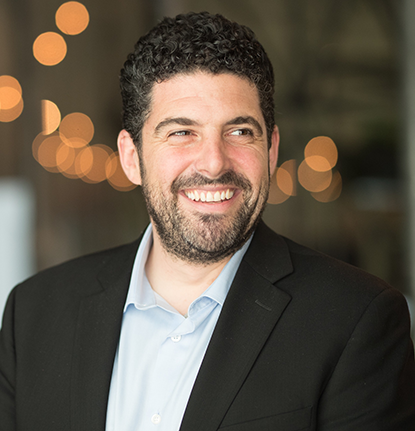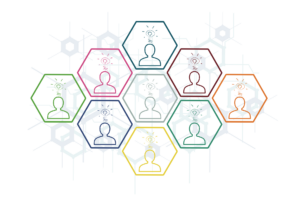The Front End of Innovation
“The title of my talk is end to end new product innovation,” Ivosevic says. “And when I say end to end, what I mean is anything associated with the front end of innovation from the sketch on the napkin, from the opportunity incubation all the way to the other end, to a successful new product launch and a profitable product. The industry where I’m coming from is the medical device industry, it’s a regulated industry. It affects people’s lives. There are a lot of hoops to jump through until you get to the market. So usually, if you talk about class two devices like catheters or surgical instruments or not to talk even class three implants and so on, we are talking years until you get to the market.”
Ivosevic adds, “There is nothing that happens in less than three years and usually it’s longer than that. The last thing you want is to start something on the front end right off the wall and have someone to develop it and then get stuck in the middle. That’s a big waste. Really, to be successful, to start on the innovation and carry it all the way to the other end and be successful in the market, there are so many critical links.”
During this process, Ivosevic stresses that it’s key to be responsible for research and development, and the entire innovation system, from end to end.
“I’ve been involved with the front end of innovation for a long time and I recognize this challenge that if you don’t holistically look, everything that’s involved in those critical links, it’s just not going to work. I wrote the book to emphasize this holistic approach and those links that will maximize our chance to succeed and get productivity in. The holistic approach. That vantage point is explained in the title,” he says.
So what are some of those critical links that might be missed on the road to innovation? For some, Ivosevic suggests, it might depend on your background.
He says, “It first depends on what kind of bias you come into it with, you might have a certain perspective. Let’s say, you have a capable creative engineer, he or she might fall in love with the technical idea and push it from the technical bias out. Or you get someone commercial and then it’s all business keys, business model, all great things. But actually you need both to come together and there is that entrepreneurial element, which brings together the synergy of the technical and commercial. Probably 80%, 90% of the products that I see not succeeding in the market, you can trace back to not truly understanding the problem, understanding requirements, how do you translate or interpret its needs and requirements from the customers into product requirements and then carry on.”
Innovation Is About People First
Ultimately, it’s about people collaborating for innovation. This is beyond any technology platform that is chosen. It’s the people relating with each other, and not just the process.
“I inherently recognize that process is something that kind of stimulants prescribed thinking,” he adds. “You do A, B, C, D and then you succeed, but it doesn’t always work like that. It’s actually releasing you or liberating you from the process and putting emphasis on the key principles. The key principles that guide this creation, and then the emphasis is on the people, of using those principles and moving forward. For example, we all know we all like to brainstorm ideas to create new things. But what’s the point of doing this if we don’t define first the problem that we’re solving?”
In some ways, knowledge becomes a commodity. We all have access to pretty much the same technologies. Today, we have access to technology and the knowledge differentiator is the people. And it’s that integration, that deciphering it for the organization, and the end consumer. This is an innovation culture. Despite all the talk about AI, we must not overlook human-centricity. And we shouldn’t confuse the process with what we are processing.
“Because by itself, AI is just a tool,” observes Ivosevic. “My company has been using AI now for almost a decade but uses it in a different context, for example, genomic testing where you have a lot of statistical data distribution. But it doesn’t substitute for our mission, which is to help families. And that’s the purpose.”
Like many tools, AI has opportunities and threats associated with it. He adds, “We all see the tremendous benefits and advancements and leaps we can using AI. I’m getting a sense that technology might be kind of getting ahead of us in terms of understanding how to implement it or how to regulate and other things. We have to understand and reinforce the proper place for this. There is no cookie cutter approach in AI.”
See the video from FEI for more on Seth Adler’s conversation with Milan Ivosevic, as they tackle artificial intelligence, and all things innovation.
Contributors
-

Seth Adler heads up All Things Insights & All Things Innovation. He has spent his career bringing people together around content. He has a dynamic background producing events, podcasts, video, and the written word.
View all posts -

Matthew Kramer is the Digital Editor for All Things Insights & All Things Innovation. He has over 20 years of experience working in publishing and media companies, on a variety of business-to-business publications, websites and trade shows.
View all posts






















































































































